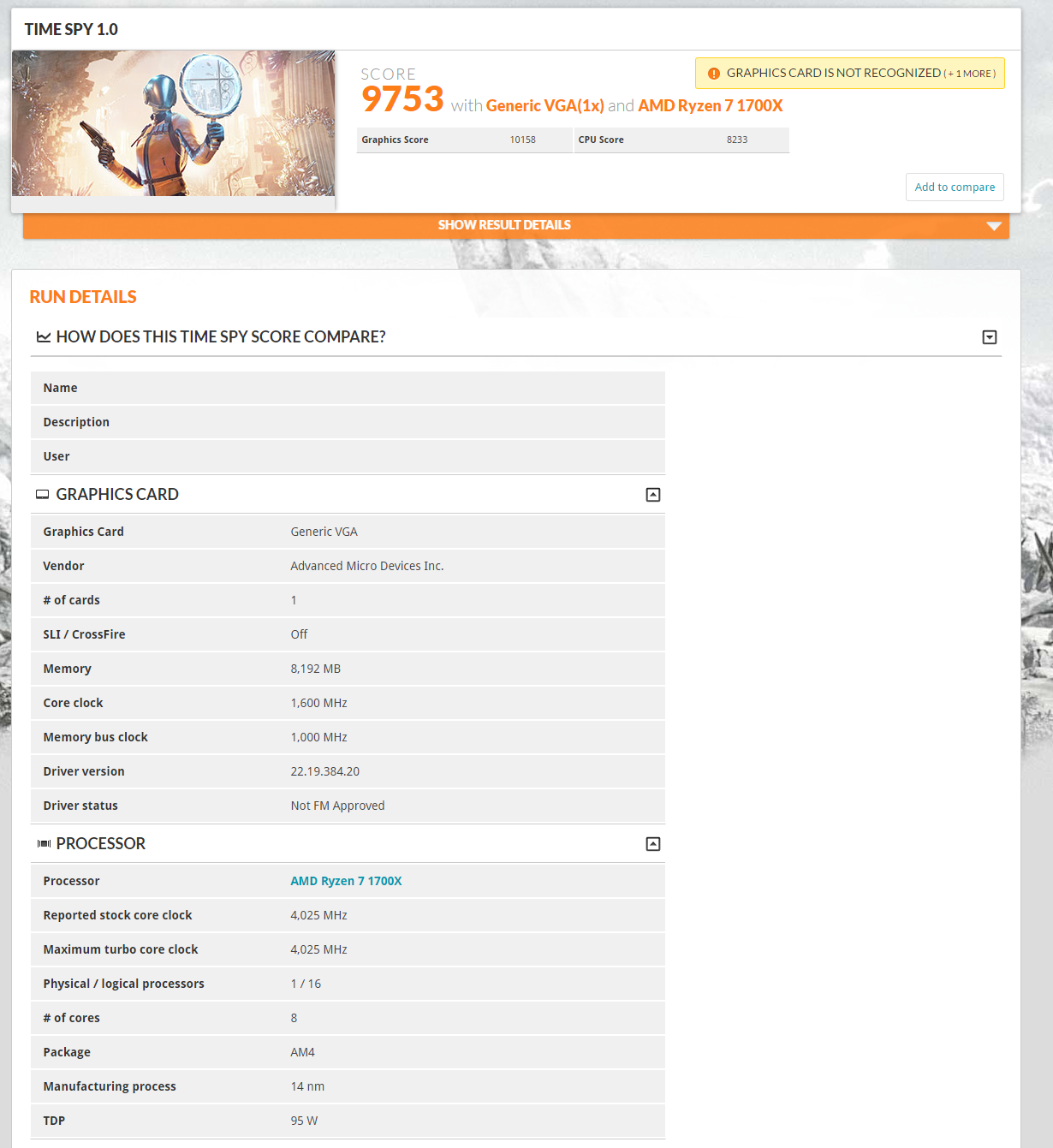ImSpartacus
Regular
The roadmap was posted on VC 7months ago, so i dont know what was the projection for HBM at this time.
He's taking about the change in SK Hynix's Q1 2017 catalog as compared to previous catalogs.
It suggests that either SK Hynix gave AMD all 2 GHz HBM2 capacity, so they didn't want to list it on their catalog, or they were unable to meet the 2 GHz mark.
The former means Vega 10 can debut with 512 GB/s of bandwidth. The latter means it only gets 410 GB/s, i.e. Not enough.
Check out their catalogs from the past couple quarters:
https://videocardz.com/65649/sk-hynix-updates-memory-product-catalog-hbm2-available-in-q1-2017
Q1 2017 No 2 Gbps, 1.6 Gbps Only

Q4 2016 2 Gbps Only

Q3 2016 1.6 & 2 Gbps






